| s/y Nine of Cups Springfield Armory National Historic Site - Massachusetts July 2012 |
| Have you checked out: National Parks & Monuments? American Odyssey...Part I? (Las Vegas to Denver) American Odyssey...Part II? (Denver to Boston) American Odyssey...Part III? (Boston to Vegas) Birds of North America? Wildflowers of North America? |
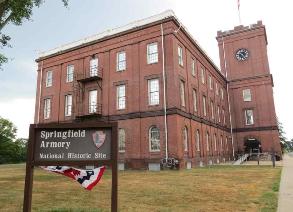
| The Springfield Armory located in the Springfield, MA overlooking the Connecticut River was the primary center for the manufacture of U.S. military firearms from 1777 until its closing in 1968. It was proclaimed a national historic site in 1960. |
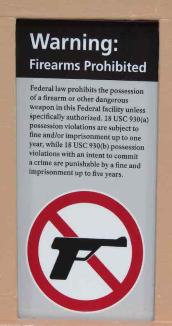
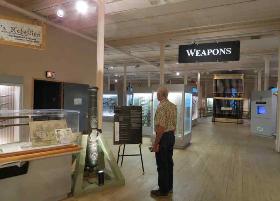
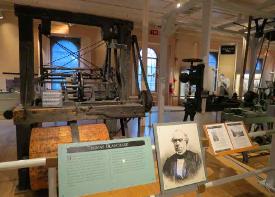

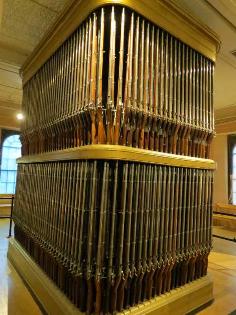

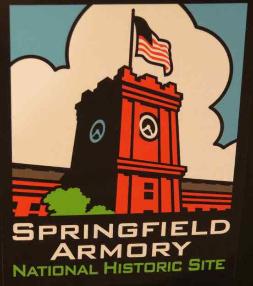
| The warehouse/factory-type environment lent itself to large open displays of the weapons produced here over the years including the Springfield Rifle. |
| A bit of a dichotomy here. The "firearms prohibited" sign is clearly posted on the entry doors. Once inside, of course, all exhibits relate to guns, arms and weapons of destruction, including a specific display on "How to Make a Gun". |
| The Armory was built just after the Revolutionary War in order to insure that the colonies did not have to depend on foreign powers for arms. Many innovations for mass production were developed and initiated here. |
| After visting Springfield Armory during his honeymoon, Henry Wadsworth Longfellow published a poem in 1845 entitled "The Arsenal at Springfield," which used the racks of muskets stored there as an anti-war metaphor. An excerpt... This is the Arsenal. From floor to ceiling, Like a huge organ, rise the burnished arms; But from their silent pipes no anthem pealing Startles the villages with strange alarms. |
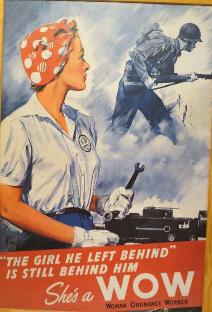
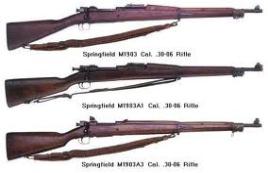
| Above, examples of Springfield Rifle models nicked from the net. |
| During the Civil War, Springfield Armory produced about 300,000 muskets for the Union. In 1864, production reached 1,000 muskets per day. |
| While blasting for new construction at Springfield Armory in the 1850s, a number of dinosaur bones were unearthed. The fossils turned out to be an undiscovered species of dinosaur, named later Anchisaurus Polyzelus. The dinosaur lived during the Jurassic Period. |
| WWII posters lauded women in the workforce. |
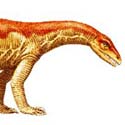
| An organ of muskets |
Where to next? Well, as we write this at
the end of July 2012, we don't exactly
know. Stay tuned for our next national
park adventure...whenever that might be.
the end of July 2012, we don't exactly
know. Stay tuned for our next national
park adventure...whenever that might be.